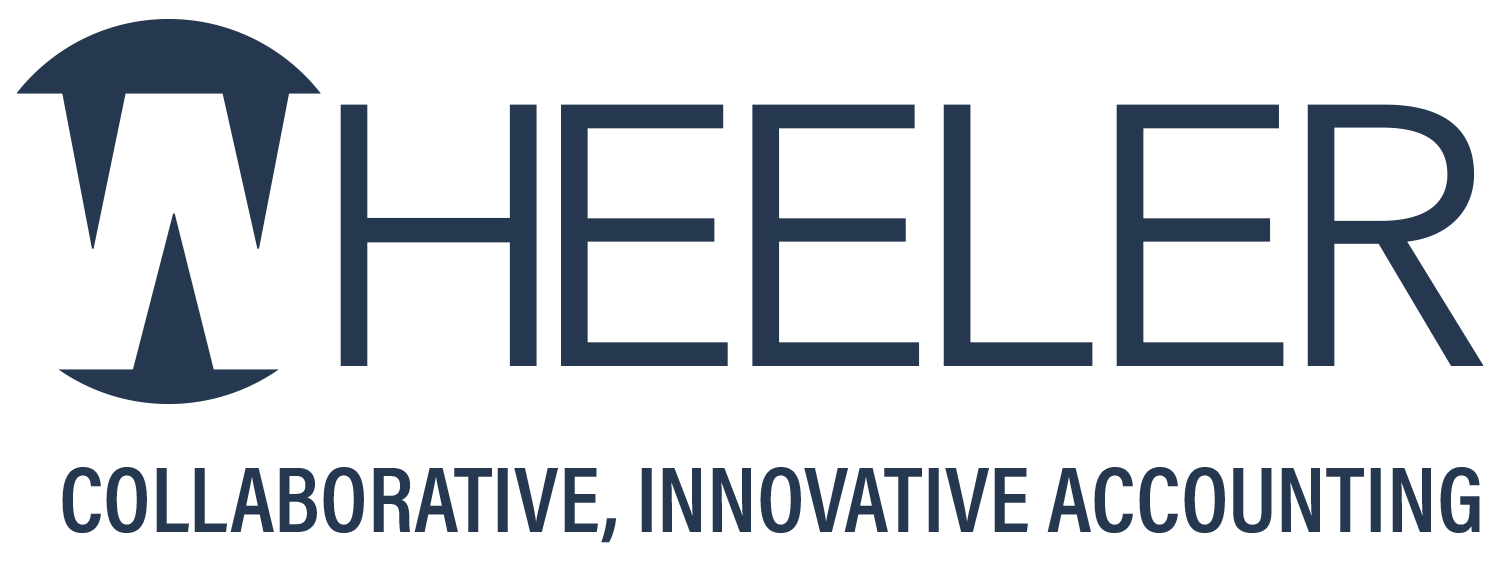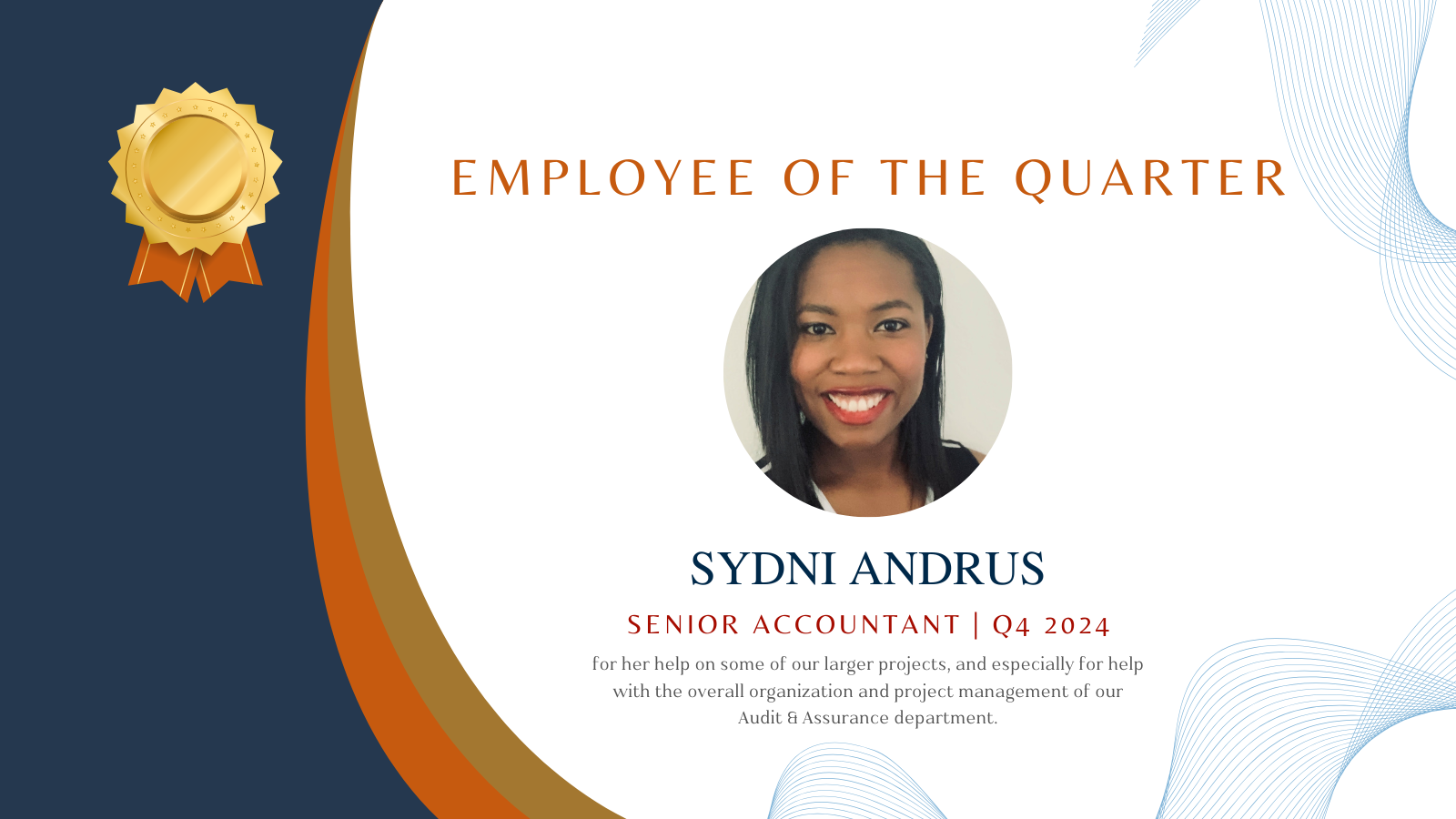The term “sandwich generation” was coined to describe baby boomers caught between caring for their aging parents and their children. Today, it most commonly applies to Generation Xers and older Millennials. If you’re caught in the middle, it might be time for honest discussions about pressing issues such as funding children’s higher education and paying for a parent’s long-term care.
Start with the “bottom” of the sandwich: your children. What’s appropriate to share with them depends on their age. However, by high school, you should be talking about their post-graduation plans and how much you can offer for college or other financial needs.
The “top” half of the sandwich can be more challenging. Depending on their health status, finances and other factors, your parents may not welcome your involvement in their decision-making. They might minimize or dismiss your concerns and be highly resistant. Initiate a frank family meeting with your parents, siblings and their spouses, if appropriate. Many issues can be sensitive, and emotions may run high, so be prepared. One session may not be enough to accomplish your objectives. Feel free to contact your Wheeler preparer for advice about what to focus on.
408-252-1800
Photo by SumalaChidchoi from Freerange Stock.










